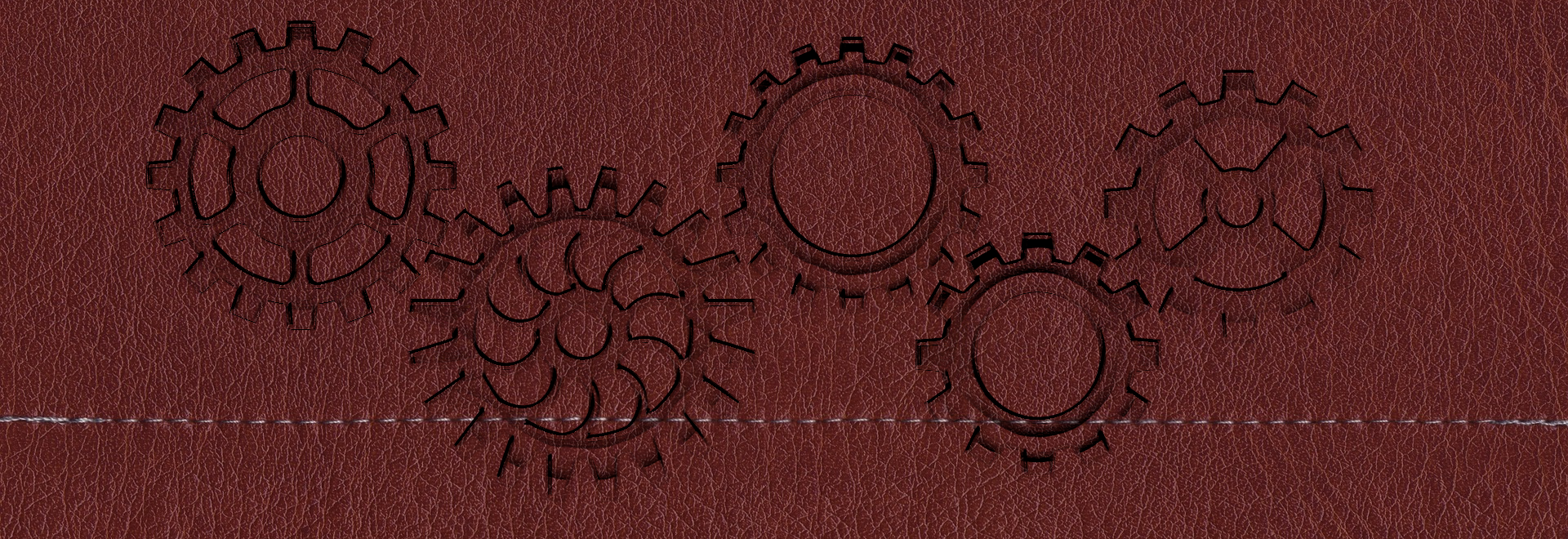Kingdom of Astoria
The Kingdom of Astoria is a large country that stretches the width of the continent Tamaris. The name comes from the Astor people who settled along the banks of the Red River. It was first used by the Astorian Empire
Structure
Astoria's government is a constitutional monarchy with the monarch exercising powers in accordance with the constitution. The primary governing body is Parliament representing a range of political parties and constituent districts based on the old minor kingdom territories. All laws must be signed into action by the monarch who can also propose bills to Parliament and veto bills without override. Parliament both legislates and enforces laws with the Prime Minister assigning heads to the various ministries.
The judicial branch remains separate and is divided into the High Court and Low Courts. The High Court is made up of a panel of nine judges who also can choose their replacements and don't require the monarch's approval. The Low Courts are the district courts and oversee the bulk of cases that go to court. There is no appellate court as appeals are only permitted if there was some major error in the initial trial.
Also, the average person has no say in the government. Members of Parliament are drawn from the elite which includes nobility, religious leaders, and the newly rich business owners.
History
The first known records of people in Astoria date back to 383. They settled primarily along the Red River and Blue River in small villages. While little is known about how they lived, bits of pottery are regularly dug up, and the Koren Temple in the Blue Mountains is a popular archaeological site. Over time, the villages grew into towns and cities eventually dotting the region with several city-states. The city-states held a tenuous relationship with one another. While willing to trade, they were equally willing to go to war. In 2183, Brynwen began conquering the surrounding city states. While the unified states enjoyed freer trade and safer roads, it was not to last. The territory was divided between his three sons, and when the youngest son died, the two remaining brothers turned to fighting over who would rule the land.
In 2236, the Housir tribe invaded from the north and further fractured the fledgling states, eventually occupying all but a few city-states. In the hundred years that followed, the city-states took advantage of the Housir empire being spread too thin and began exerting their own control in the region. They formed petty kingdoms which paid taxes to the Housir, but were otherwise left to their own devices. Under Ferin Herenda, the years of autonomy ended. She increased taxes and send a military force to watch over the border lands. At the same time, the lord of Britheon, Raynar, married the Fovarian princess Aldona. The union of the two cities allowed them to repel the Housir army at Kendir Ford. This sparked the rebellion that would finally allow the city-states to shake themselves free of the Housir yoke.
Raynar established himself as emperor of Astor and the rest of the petty kingdoms. The Astorian Empire lasted for a thousand years until a string of weak emperors left the empire weak and open to invasion. Between external threats and internal instability, it crumbled into several warring states. The region was in a constant state of conflict whether it was warding off invaders from all sides or infighting between the various noble families.
A drought followed by an unusually cold and harsh winter in much as Astoria allowed Prince Seris of Tamoral to begin uniting the minor kingdoms in 3661. His success came through diplomatic and military might
Demography and Population
Astoria has a population of about 7 million people
Military
Royal Army
Royal Guard
Royal Navy
Technological Level
Astoria, like her neighbors, lives in an industrial age. Technology is dominated by steam.

Unity in Strength
Type
Geopolitical, Country
Capital
Alternative Names
Astoria
Demonym
Astorian
Leader
Head of State
Government System
Monarchy, Constitutional
Currency
crown
Legislative Body
Parliament
Judicial Body
High Courts
Low Courts
Low Courts
Subsidiary Organizations
Location
Related Ranks & Titles
Controlled Territories
Notable Members



Comments